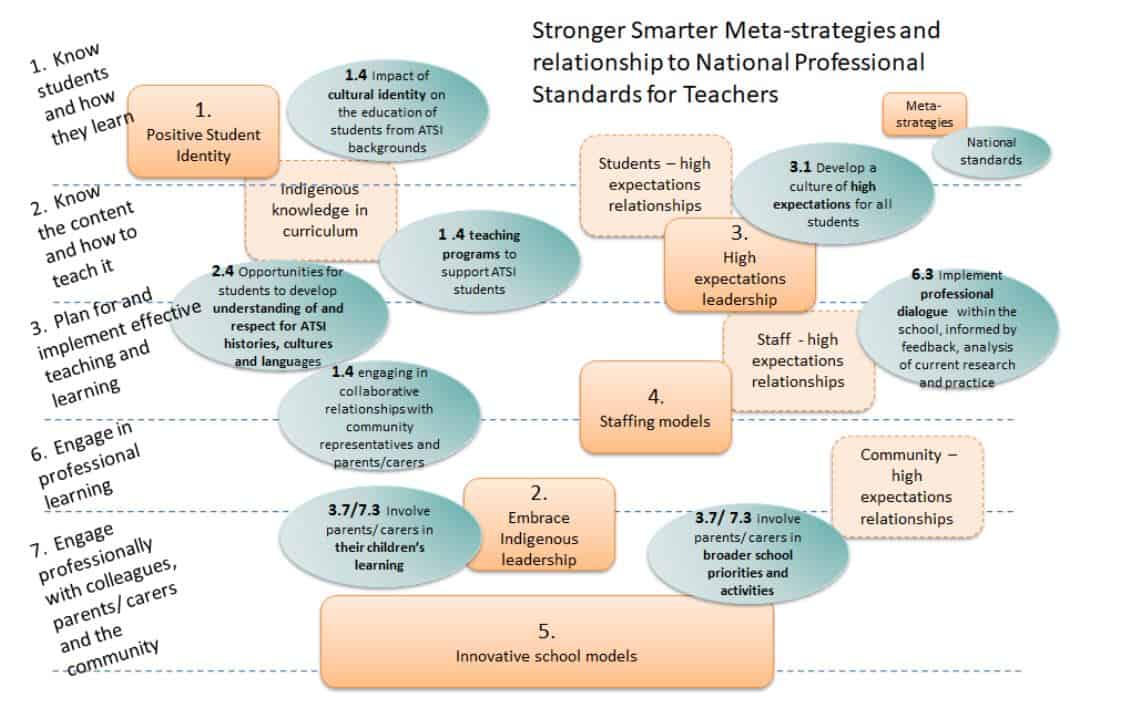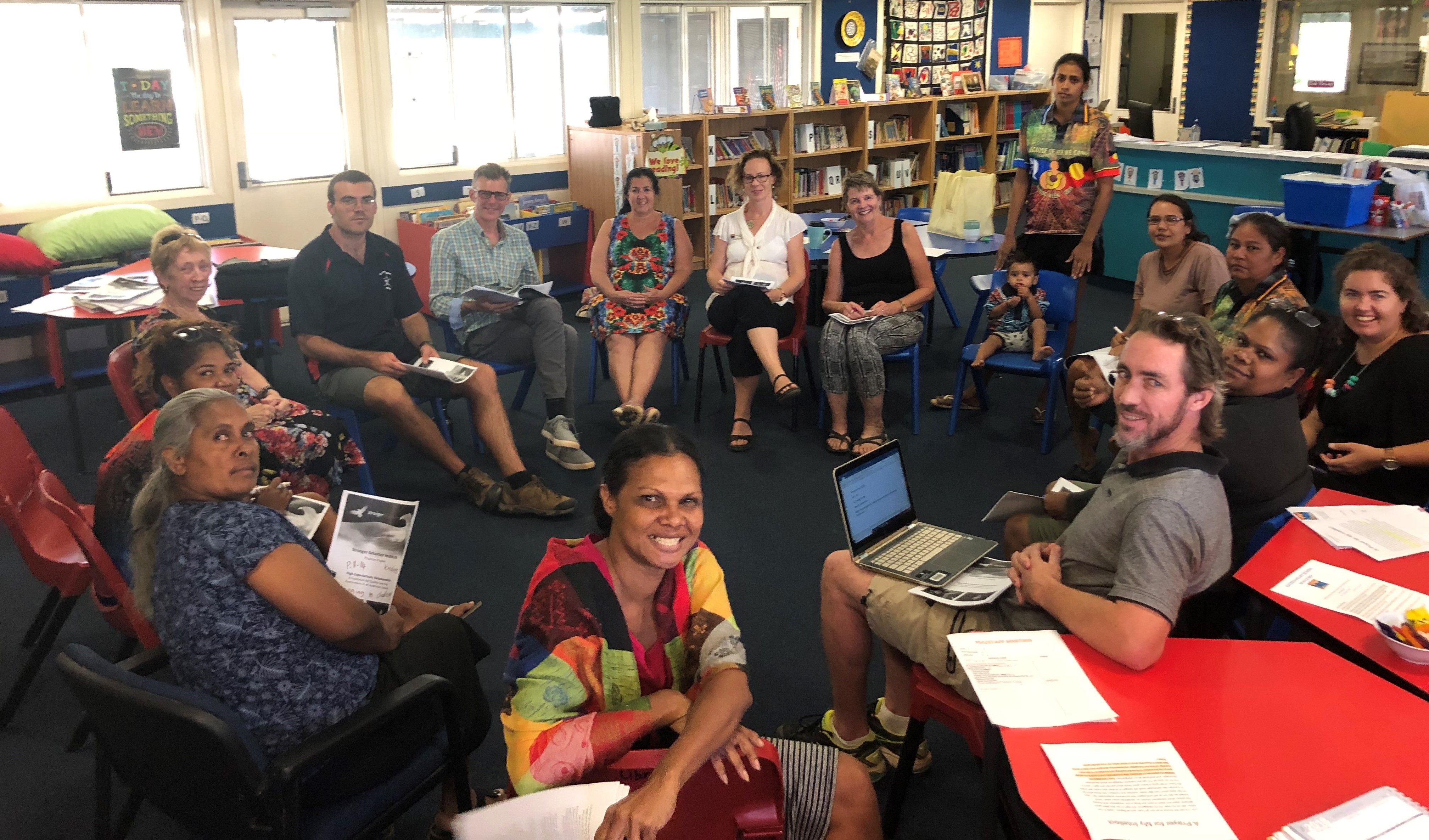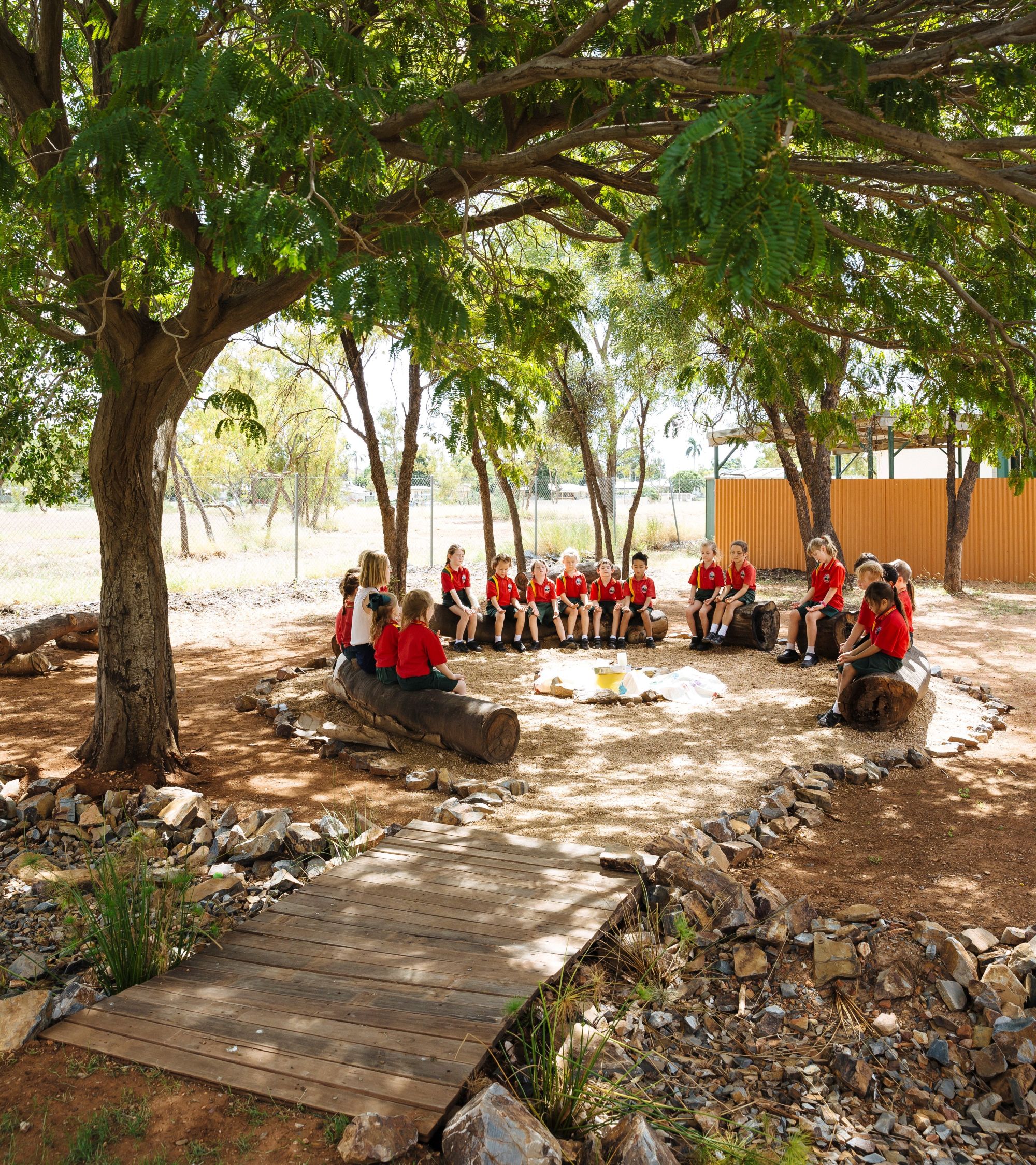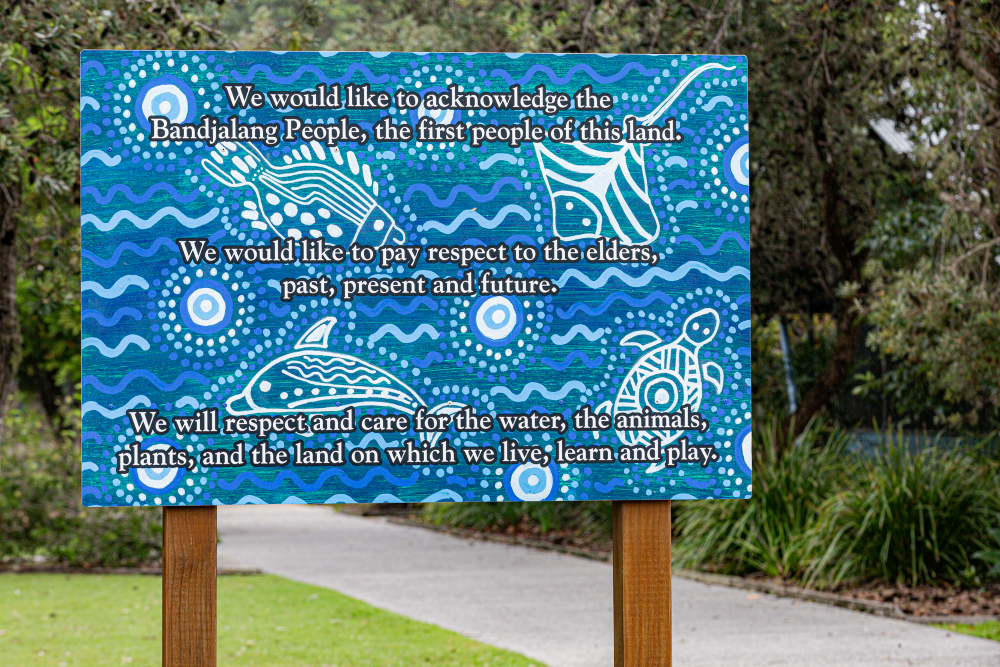Join our Social Profiles
An Indigenous lens
The Stronger Smarter Approach puts an Indigenous lens across the National Professional Standards for Teachers and the National School Improvement Tool.
In the Teacher Standards, First Nations students receive two mentions: Standards 1.4 and 2.4. Similarly, the National School Improvement Tool refers to Indigenous students only twice, and in the same sentence as students “at risk of disengaging from school.”
The Stronger Smarter Approach challenges this limited framing. We believe that transformational change for First Nations students requires a different way of thinking about every aspect of schooling. This is about building inclusive school cultures, promoting high expectations for all, and delivering quality teaching that values identity, belonging, and excellence.
Our programs help educators see the Standards through a broader, more inclusive lens that recognises the central role of culture, relationships, and leadership in improving outcomes.


Building Capacity
The Stronger Smarter Institute offers two key programs that support teachers and school leaders to engage with the Standards in meaningful ways.
The Introduction to Stronger Smarter Online Module introduces the mindset and skills to become a Stronger Smarter Practitioner. The module examines critical elements of schooling that support improved outcomes for First Nations students.
The Stronger Smarter Leadership Program provides deeper insights into leading change at a whole school level, providing the tools to engage staff in professional dialogues to develop a culture of learning for all students. The Stronger Smarter Leadership Program supports the following AITSL Teacher Standards at the Lead level: 1.3, 1.4, 2.4, 3.1, 3.7, 6.3, 7.3, and 7.4, and the National Professional Standard for Principals. In the program we explore how the Stronger Smarter Approach and Metastrategies support the Teacher Standards.
Leading Change
The Stronger Smarter Approach supports educators to use High-Expectations Relationships to implement the professional dialogues needed to bring all staff on a change journey to develop a school culture of innovation, collaboration and high aspirations for learning. This supports Teacher Standard 6.3 (Engage with colleagues and improve practice).
High-Expectations Relationships build a space of trust and support, with feedback and open exchange of ideas. In this space, with deep reflection on teaching practice, educators can challenge the ‘disabling practices’ of deficit conversations and low expectations and recognise their own ‘responsibility for change’. This is a school culture which builds commitment and optimism amongst staff.


Quality Teaching
The Stronger Smarter Approach supports a broad range of Standards that come together as quality teaching for First Nations students. These include: Standards 1.3, 1.4, 2.4, and 3.1 – Knowing students and how they learn, promoting reconciliation, and ensuring high expectations.
A ‘culture of learning’ for First Nations students will only succeed if it incorporates a sense of cultural identity in the classroom. This ‘strong and smart’ classroom is built around High-Expectations Relationships with students.
Knowing the students and how they learn may involve thinking beyond the western values and structures of the education system to understand different cultural identities and linguistic backgrounds.
In the SSLP participants explore and reflect on personal underlying cultural values and Australia’s attitudes to a range of challenges and issues in Indigenous education. This is a starting point to really understanding our First Nations students.
When we understand the students and how they learn, we can start to bring in the teaching and learning strategies and culturally responsive curriculum that support a ‘culture of learning.’ This becomes a positive learning environment where students can be proud of their culture and hold a strong sense of belonging and connectedness and belief in their own ability to succeed.
Community Engagement
As described by the National School Improvement Tool, a culture of learning also means high levels of trust across the school community. The Stronger Smarter Approach and Metastrategies describe innovative school and staffing models where schools embrace the Indigenous leadership in their school communities which support Standards 3.7and 7.3 – Engaging with parents and caregivers in the educative process.
High-Expectations Relationships provide the strategies to develop collaborative and trusting relationships with families and communities. This provides a space where all cultural groups can have a strong and meaningful involvement in the school. This might be through involvement in school planning, special events, or through classroom activities where parents and community members can play a role in developing and delivering a culturally-responsive curriculum.

1.4 STRATEGIES FOR TEACHING ABORIGINAL AND TORRES STRAIT ISLANDER STUDENTS Meta-Strategy 1: Positive Student Identity | |
Graduate or proficient teacher | As a Stronger Smarter practitioner, you will understand
|
Highly accomplished or Lead teacher: | Additionally, as a Stronger Smarter leader you will have the skills and understanding to
|
1.4 STRATEGIES FOR TEACHING ABORIGINAL AND TORRES STRAIT ISLANDER STUDENTS Meta-Strategy 1: Positive Student Identity | |
Graduate or proficient teacher | As a Stronger Smarter practitioner, you will understand
|
Highly accomplished or Lead teacher: | Additionally, as a Stronger Smarter leader you will have the skills and understanding to
|
1.4 STRATEGIES FOR TEACHING ABORIGINAL AND TORRES STRAIT ISLANDER STUDENTS Meta-Strategy 1: Positive Student Identity | |
Graduate or proficient teacher | As a Stronger Smarter practitioner, you will understand
|
Highly accomplished or Lead teacher: | Additionally, as a Stronger Smarter leader you will have the skills and understanding to
|
2.4 UNDERSTAND AND RESPECT ABORIGINAL AND TORRES STRAIT ISLANDER PEOPLE TO PROMOTE RECONCILIATION BETWEEN INDIGENOUS AND NON-INDIGENOUS AUSTRALIANSMeta-strategy 1: Positive Student Identity | |
Graduate or proficient teacher | As a Stronger Smarter practitioner you will understand
|
Highly accomplished or Lead teacher | Additionally, as a Stronger Smarter leader you will have the skills and understanding to
|
3.1 ESTABLISH CHALLENGING LEARNING GOALS Meta-strategy 3: High expectations leadership | |
Graduate or proficient teacher | As a Stronger Smarter practitioner you will understand
|
Highly accomplished or Lead teacher | Additionally, as a Stronger Smarter leader you will have the skills and understanding to
|
6.3 ENGAGE WITH COLLEAGUES AND IMPROVE PRACTICE PRINCIPAL STANDARD 2. DEVELOPING SELF AND OTHERS Meta-strategy 3: High expectations | |
Graduate or proficient teacher | As a Stronger Smarter practitioner you will understand
|
Highly accomplished or Lead teacher | Additionally, as a Stronger Smarter leader you will have the skills and understanding to
|
7.3 ENGAGE WITH PARENTS AND CARERS 3.7 ENGAGE PARENTS/ CARERS IN THE EDUCATIVE PROCESS Meta-strategy 2: Embrace positive Indigenous leadership Meta-strategy 3: High expectations relationships | |
Graduate or proficient teacher | As a Stronger Smarter practitioner you will understand
|
Highly accomplished or Lead teacher | Additionally, as a Stronger Smarter leader you will have the skills and understanding to
|
3. LEADING IMPROVEMENT, INNOVATION AND CHANGE Meta-strategy 5: Innovative school models | ||
Highly accomplished or Lead teacher | As a Stronger Smarter leader you will have the skills and understanding to
| |
5. ENGAGING AND WORKING WITH THE COMMUNITYMeta-strategy 4: Innovative staffing models Meta-strategy 5: Innovative school models | ||
Highly accomplished or Lead teacher | As a Stronger Smarter leader you will have the skills and understanding to
| |
